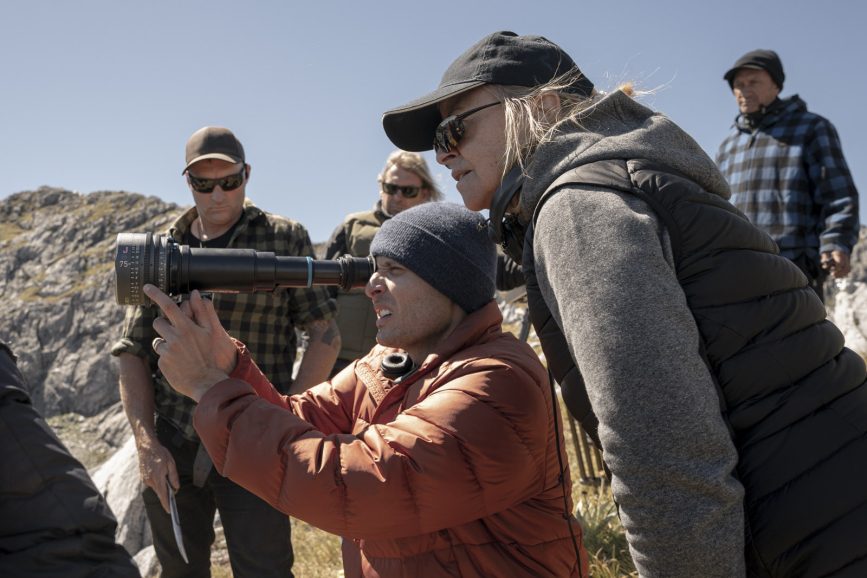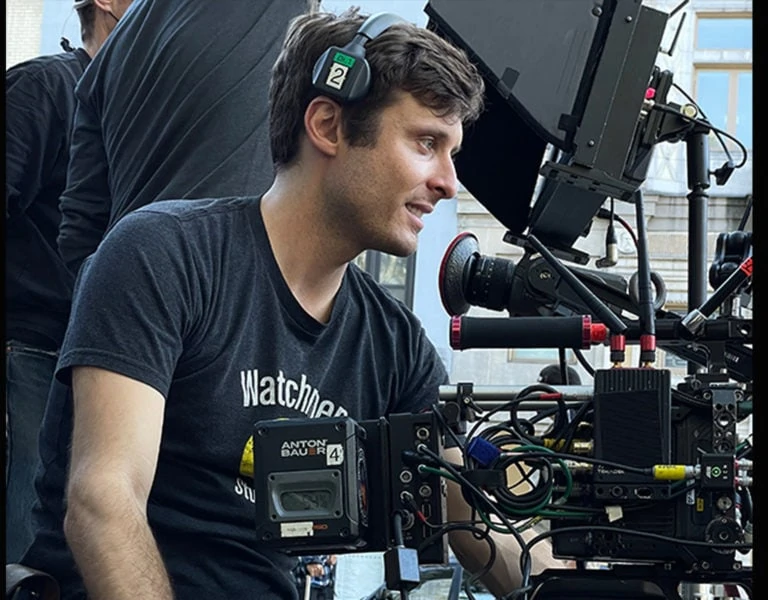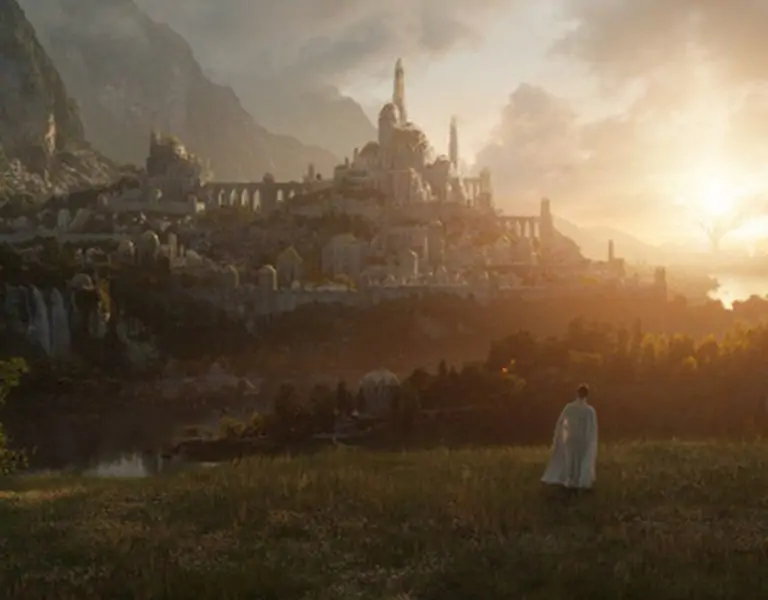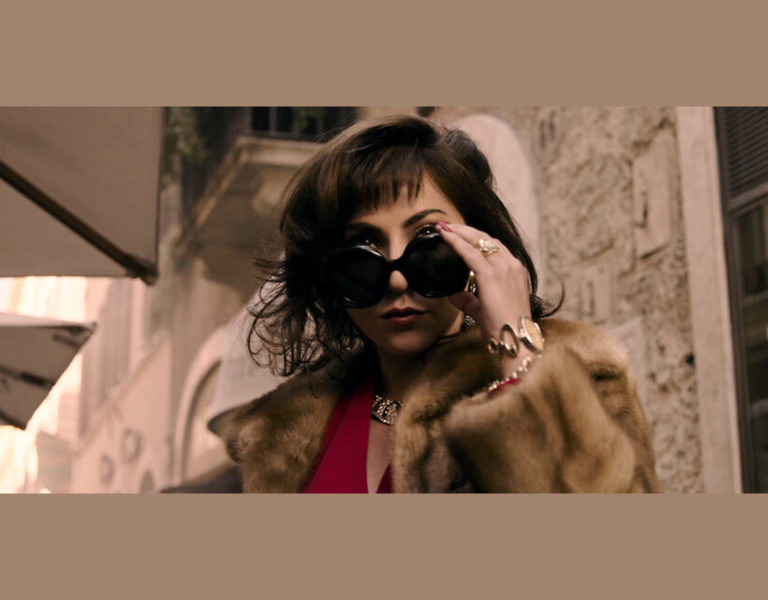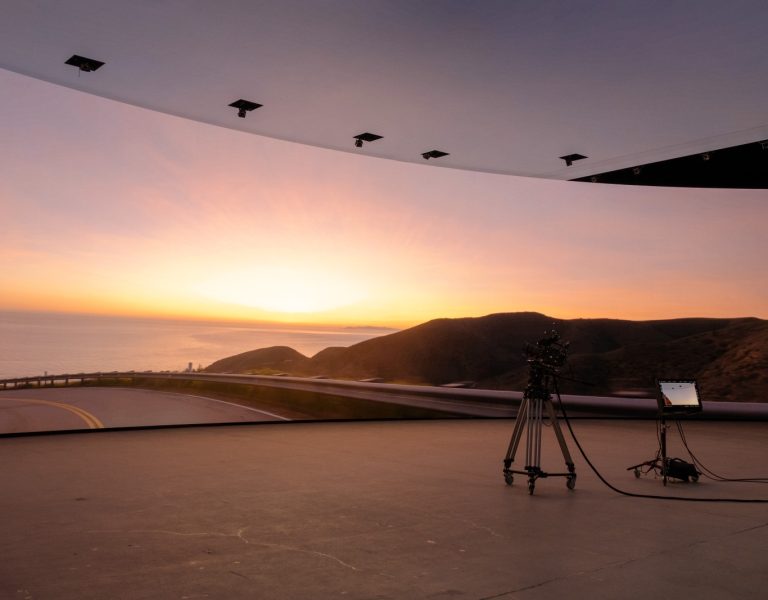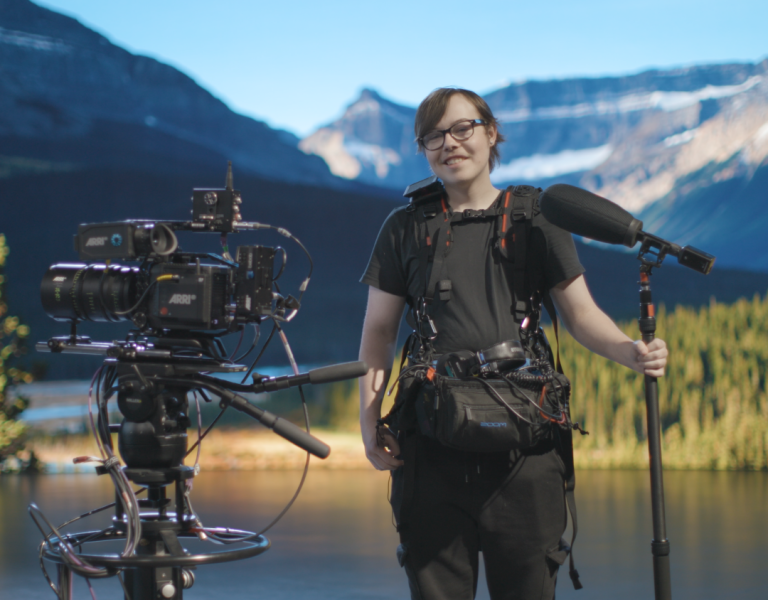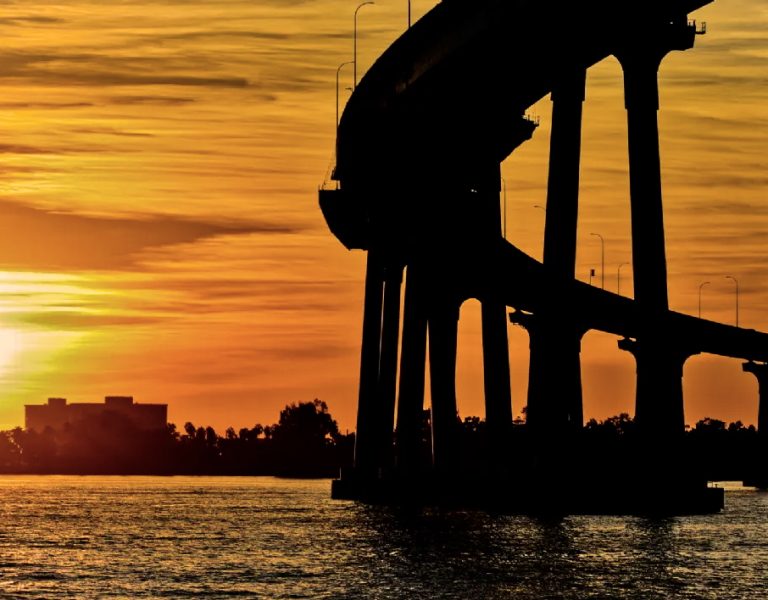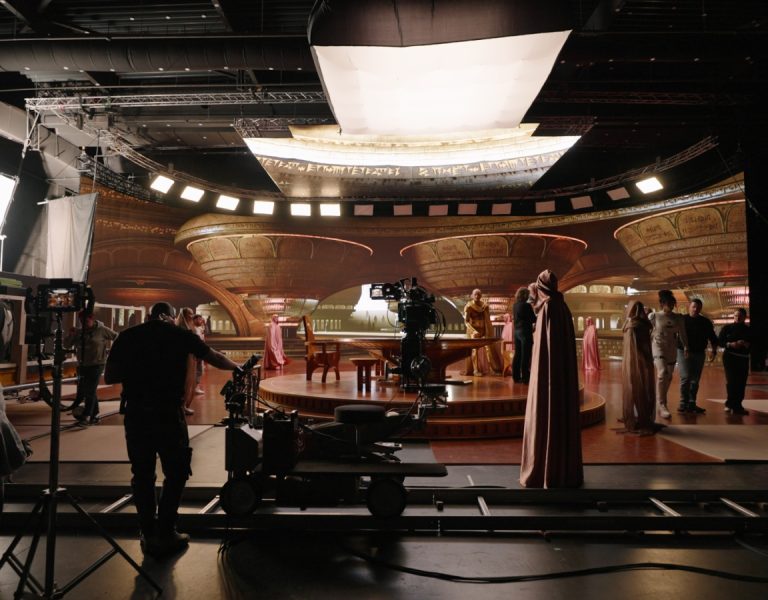Home » Features » Masterclass »
ORCS BY FIRELIGHT
An enormous lighting setup was required when Alex Disenhof ASC lensed the orc nighttime invasion of a village in The Lord of the Rings: The Rings of Power.
I remember the moment when I was in high school, sitting in a theatre watching The Return of the King and I said, ‘I have to figure out a way to make movies like this.’ So, to get the call to return to Middle-earth and work on The Rings of Power was a dream come true, as it’s such a formative part of my passion for filmmaking. The idea of Middle-earth has been beloved by many generations of people, and our goal was to bring viewers back to enjoy hours of storytelling in this world that they love.
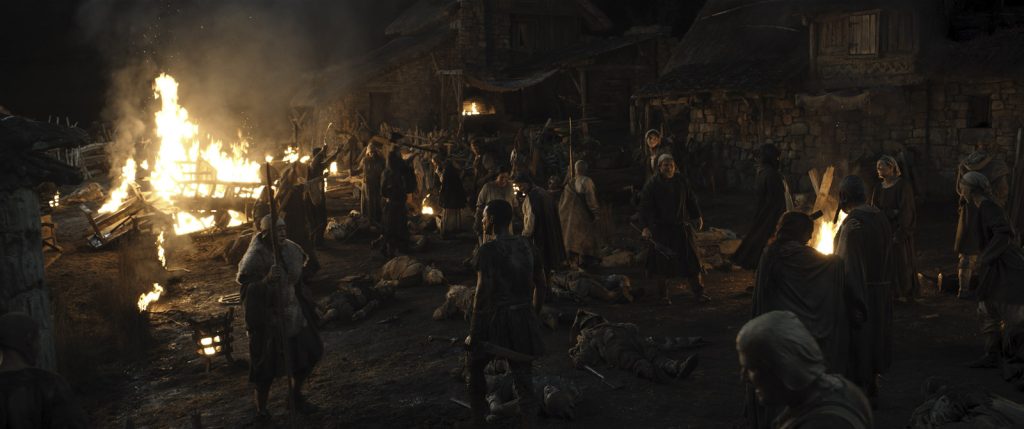
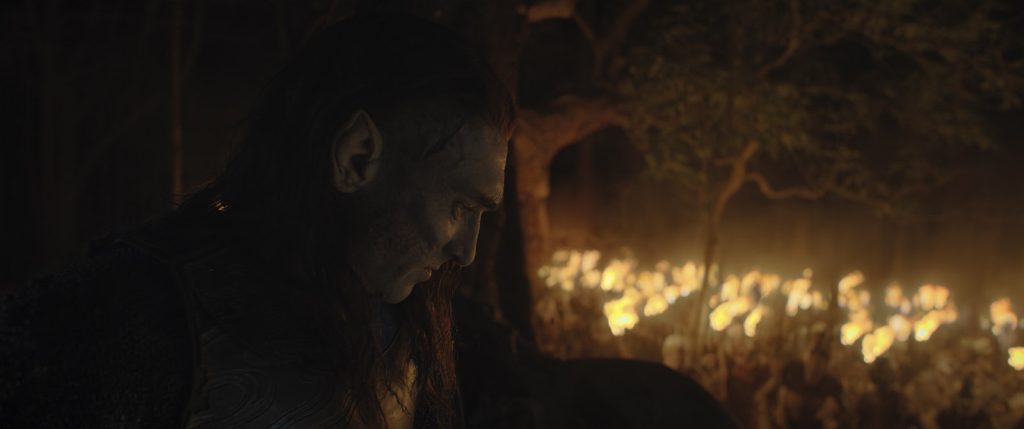
Director Charlotte Brändström and I worked together on episodes 106 and 107. The apex of season one occurs during our episodes, in terms of the action and many different storylines coming together. Three months were spent prepping the nighttime sequence when the orcs invade the village in episode 106.
Gaffer Sean O’Neill and I had overhead maps made, so I could draw and make my notes. We also had a cardboard model of the village made to help us configure the fight. The action is complicated – people and orcs are coming from every direction, wagons are set on fire and used as weapons, and people are on the roofs shooting arrows down at the enemy. It was a lot of work, and we only had six nights to shoot and one or two nights of second unit photography picking up additional action.
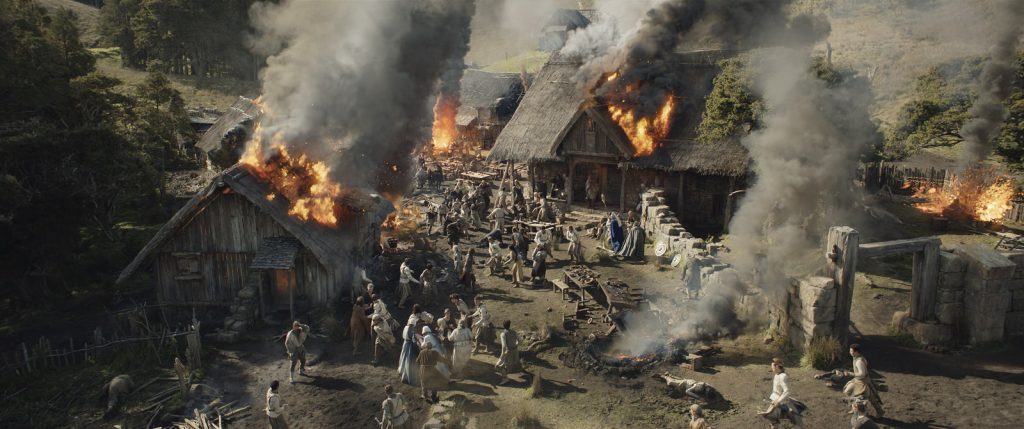
One particularly challenging part of the sequence is where our hero elf is pulled off a roof, tumbling violently down, where he fights a massive orc. We tried to design this as a oner to a certain extent, but it was actually three or four shots stitched together. I started the sequence on first unit, then our second unit team of director Vic Armstrong and DP Peter Field took it over. Finally, Charlotte and I came back and finished the very end which was performance focused. To match the night lighting between both units was a real trick, but we were able to achieve it very successfully.
Most of the battle was shot with three or four ARRI Alexa Mini LF cameras with the Prime DNA LF lenses. We tended to go for the middle to wider ranges consisting of the 25mm, 29mm, 35mm, and 50mm. We only used longer lenses when we wanted to convey a character’s point of view from a distance.
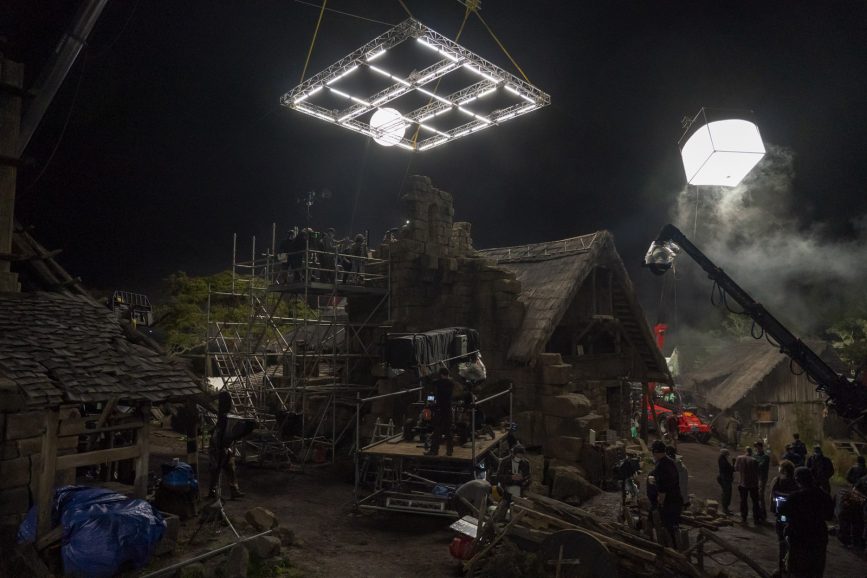
This sequence was driven a lot by the special effects department as flame lighting was important. The orcs are carrying torches and huge wagons come down the hillside and explode, both of which are fire sources. We augmented those with our movie lights but for the most part I let the flames dictate the colour and the vibrancy of the night work, using movie “moonlight” as fill.
One thing we discovered in testing was if I was to shoot the scene wide open the flames would completely white out and look very digitally clipped. I decided to stop down a bit so I could get some detail and colour in the flames throughout the sequence but, at the biggest moment of explosion, we still have that burst of white. This meant that I had to augment our “moonlight” quite a lot in order to gain those extra stops.
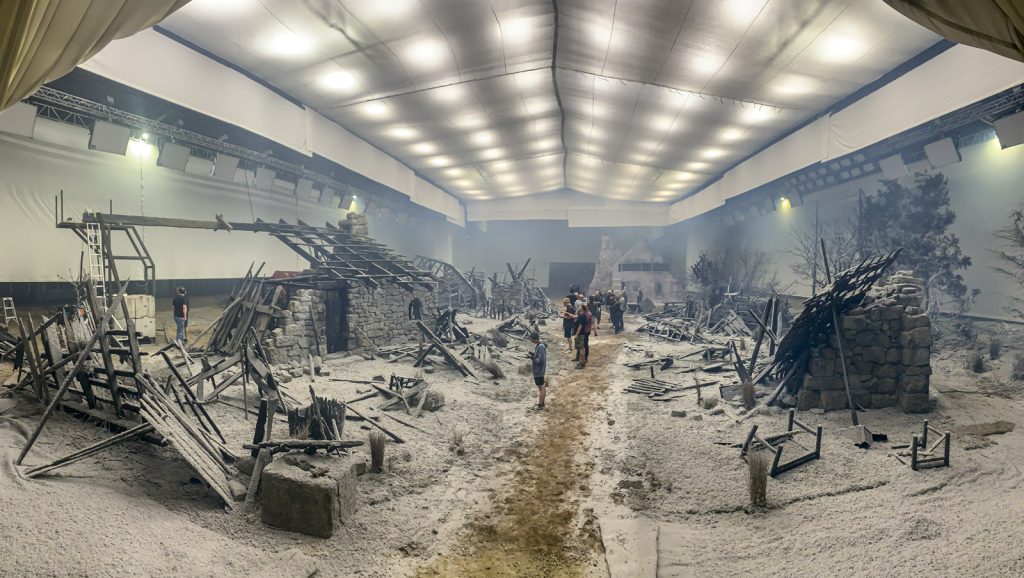
Moonlight is always one of the trickiest challenges as a cinematographer because most nights you wouldn’t see anything at all. I usually approach it in a more realistic fashion with a somewhat sourceless silvery and desaturated light. In this particular sequence, I played it 2-3 stops underexposed in order to let the flames lead the scene.
The village was in a bowl, and we used the hills to our advantage. We had two to three 135-foot Condors with Arrimax 18ks, LRX lights, and SolaFrame 3000 moving lights in position to backlight our actors from every side of the village.
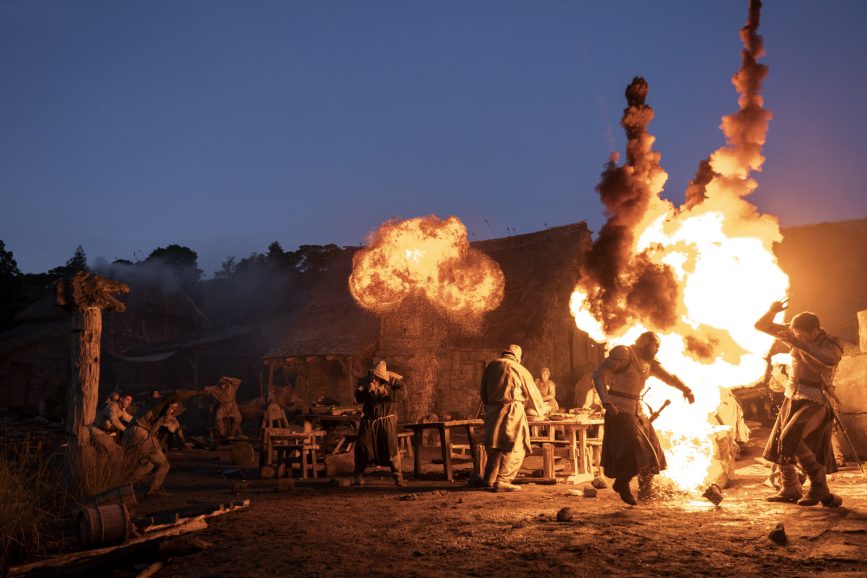
There were at least three Merlo cranes with some SkyPanel S360s and moving lights for additional backlight when necessary.
For overhead ambience, a 200-tonne construction crane with a 30×30 foot square rig of 48 Astera tubes hung above the main part of the set, with an additional smaller Astera tube box further down the main street to extend the effect. We chose the Astera tubes because it allowed the problematic New Zealand winds to pass through the rigs without harm, allowing us to shoot in various conditions effectively. Finally, we had some other 30×30 foot bounces with 9K HMIs bouncing off them for fill in areas of the set we couldn’t reach with our overhead cranes. All to make it feel that it’s not lit at all!
